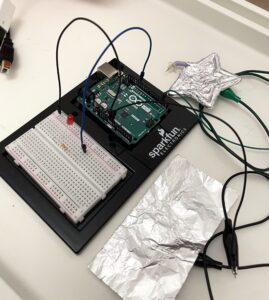While reading “Her Code Got Humans on the Moon“, I could learn and see how Margaret Hamilton is such an inspiring person . She was a computer scientist and software engineer who played a huge role in NASA’s Apollo missions back in the 1960s. What’s so amazing about her is that she didn’t just write code; she created entire systems for software reliability, which was a completely new idea back then. For the Apollo missions, she developed error-detection routines, priority scheduling, and backup systems so that the spacecraft could continue operating even if something went wrong. Basically, she designed software that could think ahead and handle mistakes, which was crucial when human lives were literally on the line. Her work laid the foundation for modern software engineering practices. What’s also incredible is how determined she was that she even brought her daughter to work, proving that her focus and dedication didn’t let anything stop her from solving these insanely complex problems.
What really fascinates me is how her technical contributions changed the way people think about software. Before her, software was often seen as just “a bunch of instructions,” but Margaret Hamilton treated it as an engineered system that could prevent disaster and adapt to unpredictable situations. This mindset completely shifted the tech world; today, every piece of software we use, from smartphones to cars, benefits from principles she pioneered. Learning about her makes me realize that software isn’t just about writing code; it’s about designing systems that are safe, reliable, and resilient. Her work shows that combining technical skill with persistence and creativity can literally launch humans to the moon and reshape the way we build technology forever.


